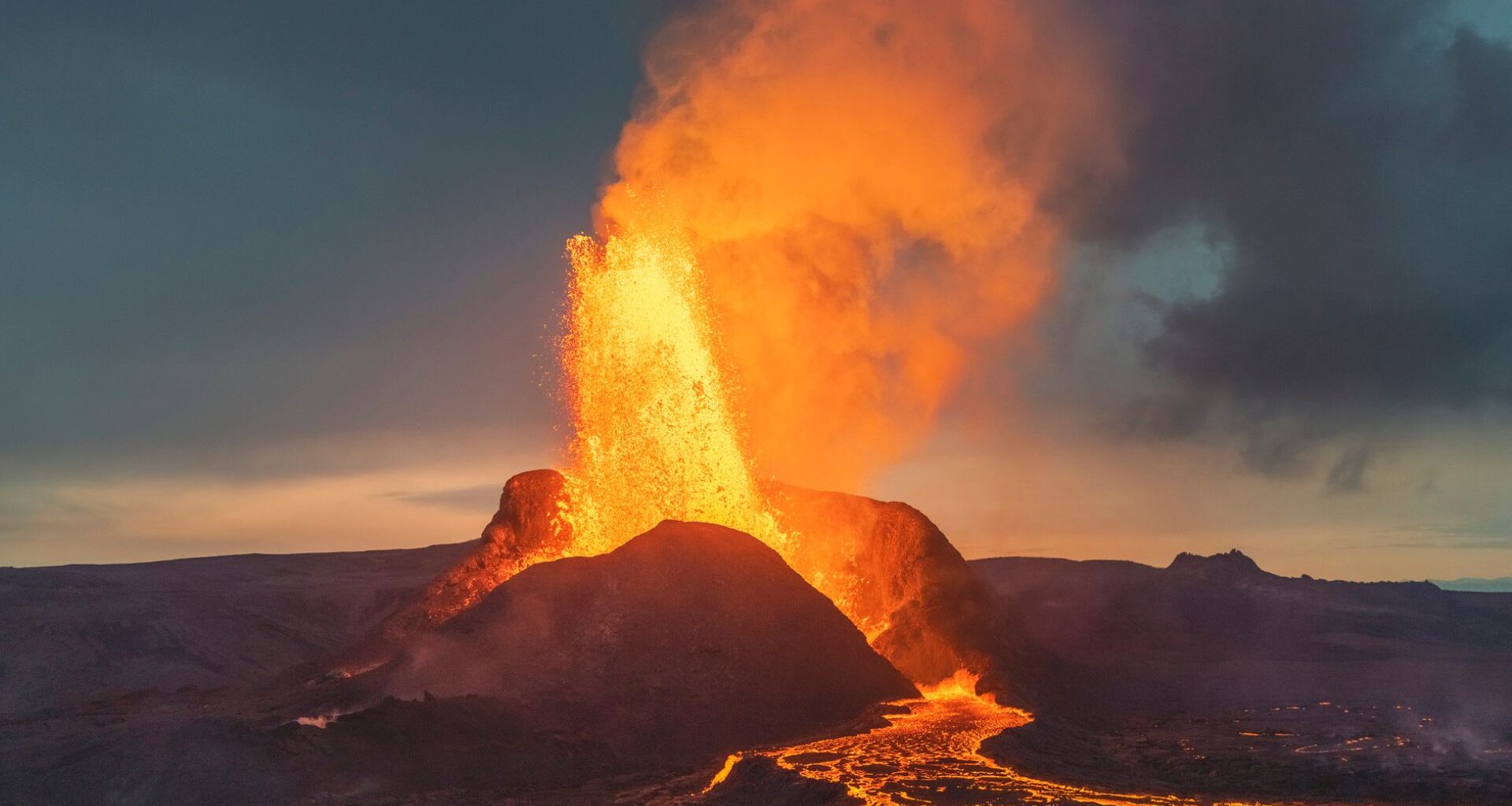Iceland is known for its dramatic volcanic activity.
In 2024, a cutting-edge sensing technology by Caltech was deployed on the Reykjanes Peninsula, a densely populated and volcanically active region in the country’s southwest.
The aim of this tech, called distributed acoustic sensing (DAS), was to peer beneath the surface and understand the restless movements of magma.
Caltech researchers say it could provide warnings up to 30 minutes before lava eruptions.
“One day, in August 2024, we were in a group meeting at Caltech and my phone started going off with the early warning alert. Twenty-six minutes later, Vala [seismologist] emailed us that the eruption had actually happened and that they had sent out an evacuation warning,” said Jiaxuan Li, the study’s first author.
Early warning system for volcanos
The peninsula has seen a spike in eruptions since November 2023, with some posing a threat to nearby towns. Experts say that this could be the start of a prolonged period volcanic activity in the region.
To better understand the volcanic situation here, a team led by Professor Zhongwen Zhan at Caltech collaborated with Icelandic researchers and the telecommunication company Ljósleidarinn.
The team worked together to deploy DAS sensors on the peninsula for a year.
This technology transforms existing underground fiber-optic cables – the same cables that power our internet – into vast networks of highly sensitive sensors.
“We were able to set up our system on a 100-kilometer-long [62 miles] fiber cable within 10 days after a substantial magma intrusion event on November 10, 2023. About a month later, we recorded the first eruption with our system. This was a major international collaboration with real-world impact,” said Li, who is now an assistant professor at the University of Houston.
Shooting lasers
DAS technology functions by shooting lasers into existing underground fiber-optic cables.
Vibrations along the cable cause changes in the laser light’s phase. Researchers can gather data about the passing waves by measuring these phase changes. The vibrations can originate from earthquakes or even the subtle rumblings of magma.
The team says DAS offers an unprecedented level of precision, detecting ground movements as small as millimeters in real time. Interestingly, this technique gives “much higher resolution than GPS or satellite imaging.”
Throughout the year-long study, DAS gathered real-time data on underground volcanic activity, tracking ground deformation caused by magma movement.
Seismologist Vala Hjörleifsdóttir of Reykjavik University studied the telltale signals within the DAS data that indicated an impending eruption. The analysis of this data led to the creation a preliminary early-warning system.
The system will be able to provide the public with a 30-minute to several-hour heads-up before an eruption, depending on the specifics of the magma intrusion. The system’s effectiveness was demonstrated in August 2024.
“This is the most active volcanic system in Iceland. In addition to the need to provide advance warnings before an eruption, the project is scientifically interesting because we saw more magma intrusion events there than we originally thought—ones that don’t come up to the surface. There is a lot more work to do, and all volcanoes are different, but DAS provides us a new capability to see things we couldn’t before,” Zhang said.
The findings were published in the journal Science.
